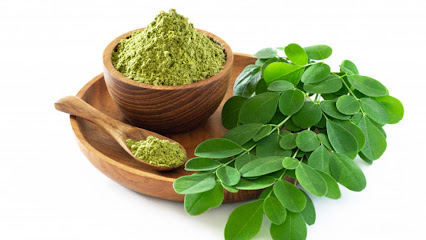Cracked heels are often dismissed as a cosmetic issue, but they could be a sign of more than just dry skin. Many people experience fissures on their heels, especially during the colder months, but when left untreated, these cracks can become painful and lead to serious health issues. Let’s take a closer look at what might be causing your cracked heels and how you can address them effectively.
Common Causes of Cracked Heels
While the most obvious cause of cracked heels is dry skin, several other factors can contribute to or exacerbate the condition:
1. Dehydration and Dry Air
When your skin lacks moisture, it can become dry, rough, and prone to cracking. Environmental factors, such as cold weather or low humidity, can strip the skin of its natural oils, leaving your feet vulnerable to fissures. If you live in a dry climate or spend a lot of time in air-conditioned or heated environments, your heels may be at higher risk of cracking.
2. Standing for Long Periods
If you spend long hours standing, especially on hard surfaces, it puts excessive pressure on the heels. This can cause the skin to thicken and crack over time. People who work in professions that require long-standing shifts, such as healthcare workers, chefs, and retail employees, are particularly susceptible.
3. Ill-fitting Footwear
Wearing open-backed shoes, like flip-flops or sandals, can contribute to cracked heels. Without adequate support or protection, the skin on your heels can become dry and prone to splitting. Similarly, shoes that are too tight can rub against your heels, causing friction that leads to cracking.
4. Medical Conditions
Cracked heels may also signal underlying health issues. Conditions such as diabetes and hypothyroidism can cause skin dryness and lead to fissures. Diabetes, in particular, reduces the skin's ability to retain moisture, increasing the risk of infections if cracks deepen. In such cases, managing the underlying condition can help prevent recurring heel cracks.
5. Obesity
Carrying excess weight increases pressure on your heels, making the skin more likely to split. This added pressure forces the heel to expand sideways, which can lead to cracks, particularly if the skin is already dry or thickened.
6. Eczema and Psoriasis
Chronic skin conditions, like eczema and psoriasis, can cause the skin to become dry, thickened, and prone to cracking. These conditions require specific treatments beyond basic moisturizers, as they often involve inflammation and skin irritation.
Potential Complications
Ignoring cracked heels can lead to more serious problems. When the cracks are deep, they can cause pain and bleeding, and the open fissures can become entry points for bacteria. This can result in infections, which may cause swelling, redness, and pus formation. For individuals with conditions like diabetes, this can lead to more severe complications, including cellulitis and even ulcers.
How to Treat and Prevent Cracked Heels
The good news is that with the right care, you can heal your cracked heels and prevent them from returning. Here are some effective strategies:
1. Moisturize Regularly
Apply a thick, oil-based moisturizer or a foot cream that contains urea, lactic acid, or salicylic acid to help soften and hydrate the skin. These ingredients work by exfoliating dead skin cells and retaining moisture. For best results, moisturize your feet right after bathing and before bed.
2. Exfoliate
Gently exfoliating your feet helps remove dead skin cells, which can build up and lead to thickened skin and cracks. Use a pumice stone or foot scrub in the shower, but be careful not to over-exfoliate, as this can cause irritation.
3. Wear Supportive Footwear
Opt for shoes with a closed back that offer support and cushioning. Avoid walking barefoot, especially on hard surfaces, and choose shoes that fit well without causing friction on your heels.
4. Soak Your Feet
Soaking your feet in warm water with Epsom salts or gentle oils can help soften the skin, making it easier to remove calluses and rough patches. After soaking, apply a rich moisturizer to lock in hydration.
5. Use Heel Pads or Inserts
Special heel pads or inserts can help redistribute pressure on your feet, reducing the risk of cracks. These can be especially helpful if you spend long periods standing or if you’re dealing with conditions like obesity or flat feet.
6. Seek Medical Advice
If your cracked heels are persistent or painful, it’s important to consult a healthcare professional. In some cases, you may need a prescription-strength cream or treatment for an underlying condition like diabetes, eczema, or psoriasis. Your doctor may also recommend visiting a podiatrist if the issue is severe.
Final Thoughts
Cracked heels are more than just a nuisance—they can be a sign of underlying health issues or improper foot care. Whether due to dry skin, ill-fitting shoes, or a medical condition, addressing the root cause is essential for both healing and prevention. With consistent care, your feet can stay soft, smooth, and free from painful cracks.
Next time you notice those pesky cracks forming, take a moment to consider what might be causing them and how to treat them effectively. Your feet will thank you!










